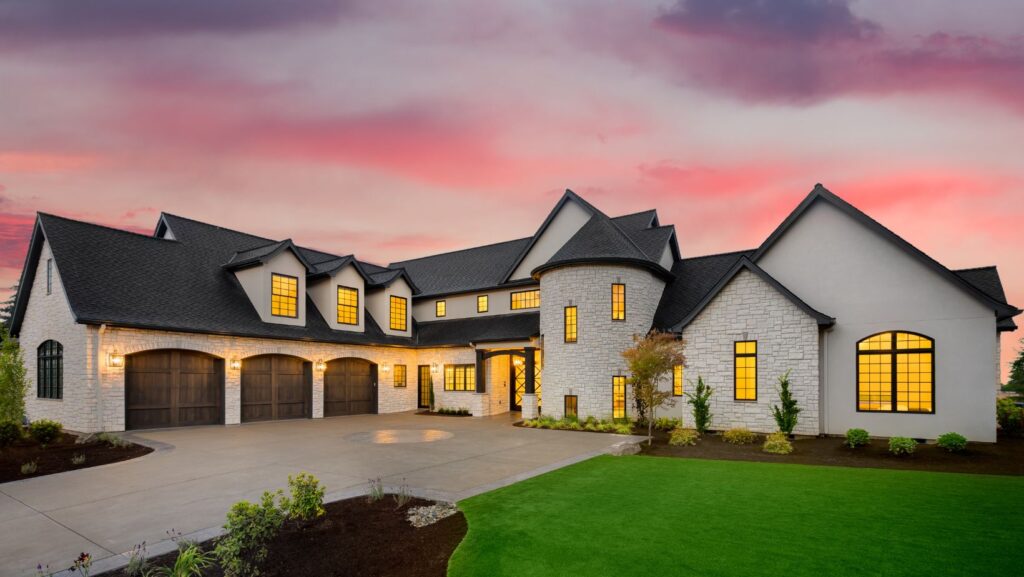When it comes to selecting flooring for a child’s room or play area, safety is often the top priority for parents. With so many options available, it’s essential to consider not only aesthetics and durability but also how safe the flooring material is for children. One material that has gained popularity in recent years is concrete. Known for its durability and low maintenance, concrete flooring is increasingly being evaluated for its suitability in family settings. Understanding the safety of concrete flooring for kids is crucial, as it can help parents make informed choices. In this article, we will explore the advantages and disadvantages of concrete as a flooring option for children, providing essential information for parents making this important decision.
The Benefits of Concrete Flooring
Safety Considerations
While concrete has many advantages, safety is a primary concern for parents. One of the most significant issues with concrete flooring is its hardness. In the event of a fall, a child may be at risk for injury. The lack of cushioning compared to other flooring options, like carpets or padded mats, means that parents must take precautions to mitigate this risk.
To improve safety, many families choose to use area rugs or foam mats on top of concrete flooring, creating a softer surface for children to play on. These added layers of cushioning can help absorb impact and reduce the risk of injuries during playtime. When selecting rugs, it’s vital to choose non-slip options to prevent any accidents associated with sliding or tripping.
Temperature Considerations
Another aspect to consider is the temperature of concrete flooring. Concrete can feel cold underfoot, especially in cooler climates or during winter months. For young children who may spend a lot of time on the floor, this coldness can be uncomfortable. To counteract this, families can use rugs or mats in play areas to add warmth and create a more inviting atmosphere.

Some parents may also consider the option of heated concrete floors. This feature can help maintain a comfortable temperature while providing the durability of concrete. However, installation can be costly, so it’s essential to weigh the benefits against the budget.
Allergens and Indoor Air Quality
One of the more overlooked benefits of concrete flooring is its impact on indoor air quality. Unlike carpets, which can trap dust, allergens, and pet dander, concrete does not harbor these materials, making it a suitable choice for children with allergies or asthma. Regular cleaning of concrete floors can further improve air quality by reducing the accumulation of dust and allergens.
Furthermore, the non-porous nature of sealed concrete means that it can help resist mold and mildew growth, which can be particularly important in humid environments. Parents looking to create a healthier indoor space for their children will find concrete to be a suitable option.
Aesthetic Appeal
Concrete flooring has come a long way in terms of aesthetics. Gone are the days when concrete was merely a gray slab. Today, concrete can be stained, polished, or even stamped to create a beautiful and stylish flooring option. Families can choose from various colors and designs that complement their home’s decor, making it a versatile choice for children’s spaces.
This aesthetic flexibility allows parents to create a room that feels welcoming and engaging for kids. For example, vibrant colors or fun patterns can stimulate creativity and playfulness, while a more muted palette can offer a serene environment for relaxation and study.
Cost-Effectiveness
Concrete flooring can also be a cost-effective choice in the long run. While the initial installation cost may be higher than some other flooring options, its durability means that it can last for many years without needing replacement or significant repairs.

Additionally, the low maintenance requirements contribute to overall cost savings, making it an economical choice for families.
Making an Informed Decision
When evaluating concrete as a flooring option for kids, it’s essential to weigh both the benefits and the drawbacks. While concrete is a durable, easy-to-clean, and allergen-resistant choice, parents must take precautions to ensure their children’s safety, such as incorporating rugs or mats and addressing temperature concerns.
It is also advisable for parents to involve their children in the decision-making process. By discussing preferences and needs, families can create a space that is both functional and reflective of the child’s personality. Whether it’s a colorful rug, fun furniture, or interactive play areas, the goal is to create an environment where children can thrive.

